One sometimes forgets when looking at French 19th-century art that the painting revolution that produced Impressionism coincided with a political one. This is because most French painters, Delacroix and Manet excepted, chose to ignore it — none more completely than Camille Corot, who, as a travelling view painter, had every excuse to get out of Paris when the musket balls started to fly. The July Revolution of 1830 found the 34-year-old artist heading north to Pas de Calais, where he painted a ‘Windmill near St Omer’ and two foreground cows with a bucolic breeziness worthy of Cuyp; the Paris Commune of 1871 found him back in the north, painting the peaceful countryside around Arras. When Manet was making lithographs of the barricades, Corot was making cliché-verres of woodland glades seen through poetic mists of memory.
The most important quality in a view painter, said Corot, was ‘knowing how to sit’. Almost as important for a bon vivant was a hearty dinner and friendly company to come home to. On first acquaintance, Corot admitted, the Artois landscape seemed ‘uncongenial to painters’, but the prospect in his case was considerably improved by his friendship with the Douai printer and painter Constant Dutilleux, who along with his extended family provided the Parisian bachelor with a rural home from home — and painting company — for the last two decades of his life.
The two artists met when Dutilleux saw Corot’s work at the 1847 Salon and bought a painting, and the friendship lasted until Dutilleux’s death in 1865, when his two sons-in-law, the printer Alfred Robaut and the painter Charles Desavary, stepped into his shoes. The cosy little Ecole d’Arras that resulted is the subject of a charming exhibition, Corot in the Light of the North, at the Musée de la Chartreuse in Douai, where 60 works by his local followers hang alongside 70 by the master — among them the original painting bought by Dutilleux, whose title alone is enough to tell you it’s by Corot.
With its unremarkable rural subject and palette of greens, browns and blues, ‘Small pond with a shepherd at the foot of three big trees’ looks rather English — which is no surprise, as Corot had studied Constable’s paintings in the 1830s in the Paris brasserie that the English dealer Thomas Arrowsmith used as a showroom. The willows and water that Constable claimed made him a painter feature almost as often in the work of Corot, who rarely misses an opportunity to maximise light by reflecting the sky in the surface of a pond. But while the scrap of cumulus scudding over Corot’s ‘A wagon on the plains of Artois’ (1871) might have escaped from a Constable cloud study and the silvery undersides of Corot’s trademark fluttering leaves echo Constable’s ‘snowflakes’, Corot remains a Frenchman at heart. He may have disclaimed the influence of his stuffy old teacher Jean-Victor Bertin, whose stilted neoclassical ‘Landscape with an offering to the god Pan’ (1816) hangs alongside Corot’s animated ‘The Orchard’ (1842) — complete with Roman urchins scrumping apples — but his idealised vision of nature is rooted in the tradition of Poussin and Claude.
Corot’s early views of the Roman Campagna were warmed by the golden light of Italy; the light of the north produced the ‘silvery mists’ that came to define his later work. But as well as light, Corot sought to capture movement: ‘I try to render the quivering of nature… When looking at my canvas, which does not, in fact, move, I want the viewer to have a feeling for the movement of things.’
Alongside the plodding efforts of his faithful followers, Corot’s landscapes live and breathe: his water shimmers, his leaves transpire, his earth exhales the scent of grass and leaf mould. His imitators can get the light but not the movement, which calls for a boldness verging on Impressionism.
In the foreground brushwork of the succinct ‘Hideaway near Douai’ (c.1871) — one pollarded willow, one grassy slope, one stooping figure — we see the teacher of Pissarro and the Morisot sisters; in ‘Douai, slope of the fortifications near the Notre-Dame gate’ (1854), with its snaking poplars and plein-air painter (Dutilleux) at his easel, we see the precursor of Monet. At the time of the first Impressionist exhibition in 1874, the now gouty and arthritic Corot was on a last painting tour of the north with Robaut. It was not until Corot’s death and studio sale the following year that the full freedom of his plein-air sketches was revealed — sketches he refused to show at the Salon, preferring to transform them into ‘souvenirs’ before allowing them out of the studio.
Neither Impressionist nor Neoclassicist, Corot’s dreamy vision occupies a unique place in art history somewhere between the two Claudes, Gellée and Monet. ‘Long live consciousness and simplicity,’ he had written to Dutilleux at the start of their friendship. ‘It’s the only road that leads to the real and the sublime.’ His genius lay in combining the two.
Got something to add? Join the discussion and comment below.
Get 10 issues for just $10
Subscribe to The Spectator Australia today for the next 10 magazine issues, plus full online access, for just $10.
You might disagree with half of it, but you’ll enjoy reading all of it. Try your first month for free, then just $2 a week for the remainder of your first year.

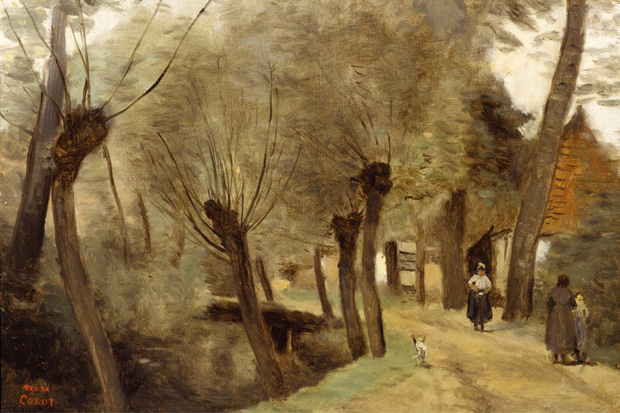
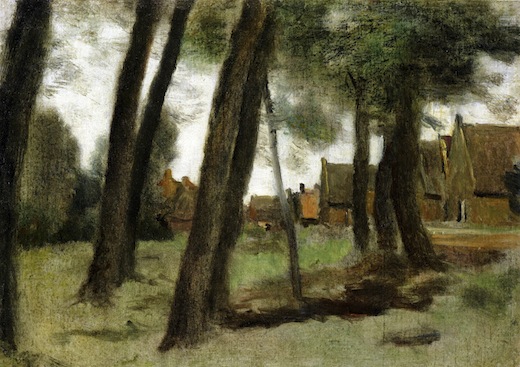
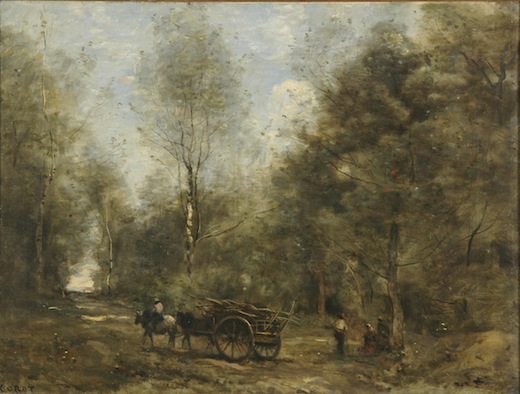
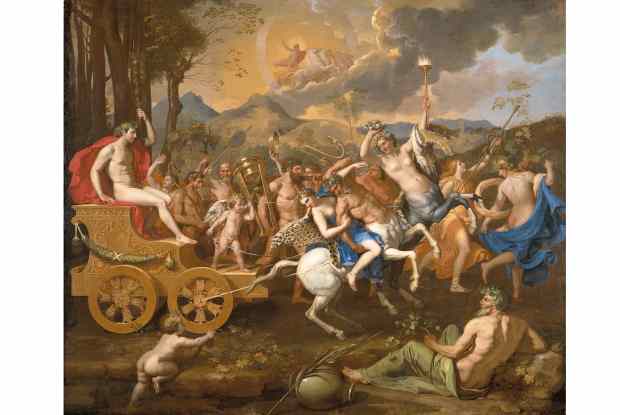


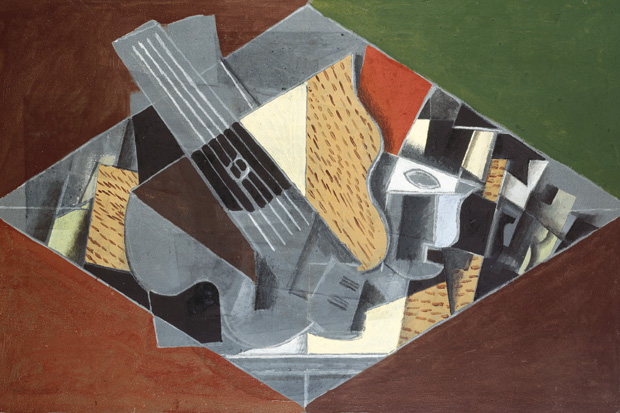
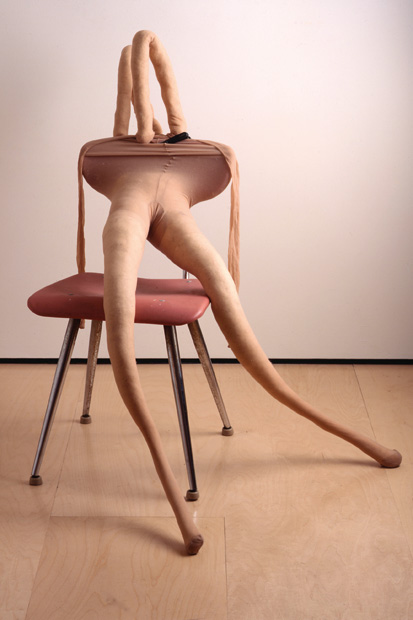







Comments
Don't miss out
Join the conversation with other Spectator Australia readers. Subscribe to leave a comment.
SUBSCRIBEAlready a subscriber? Log in